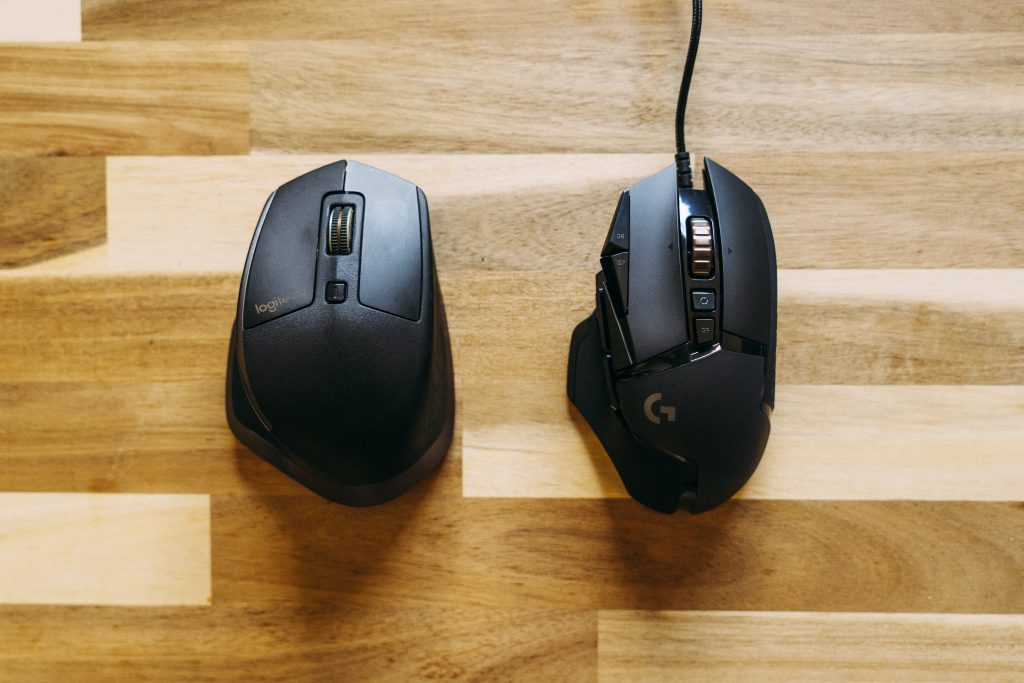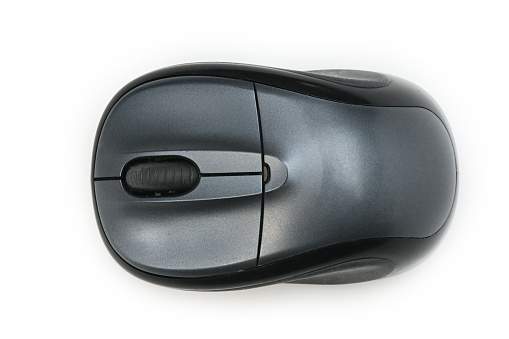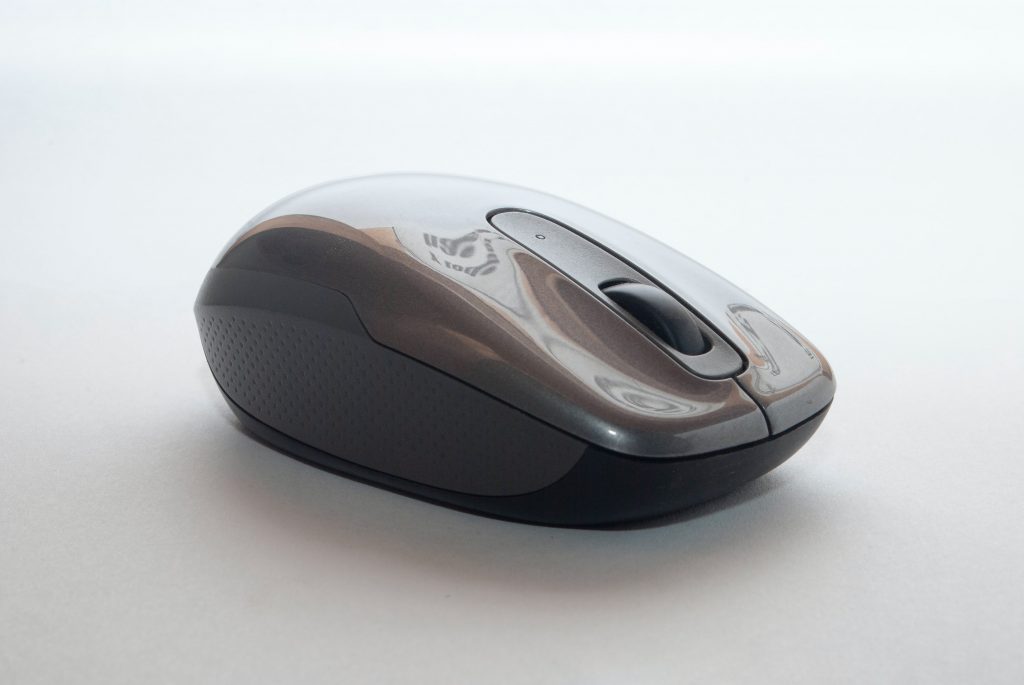If we stop to think about the main physical problems that the new technological life has generated, we could highlight two above the rest. The first is eye defects such as presbyopia; the second is known as ‘Mouse Syndrome’ which occurs when handling the peripheral for a long time. It is convenient, therefore, to know tricks to use the mouse and not suffer the consequences.
This pathology is related to carpal tunnel syndrome: it occurs when the median nerve, which runs from the elbow to the hand, becomes imprisoned as it passes through the carpal tunnel, an area of ligaments located under the palm. Its usual symptoms are numbness, throbbing pain, and loss of strength and mobility in the affected wrist.
Some tricks to using the mouse
In the first place, we must play it safe: if we have been noticing discomfort for a while, it is advisable to visit our GP, who will check to what extent there may be an injury. If it was not serious, he could order rest and apply ice with a towel, prescribe an anti-inflammatory ointment, etc. Even this pain could have its origin in some rheumatic pathology. Each person requires a different study.
Having said this, we show you some tricks to use the mouse and thus avoid health problems in our computer tasks.
improve your posture
According to the ISO standard, one of our biggest flaws as a user is in the position of the arm, since we tend to shrink it too much and create an angle with the forearm, like a chicken wing, and immediately stretch it, forcing it to stay on the edge. To avoid later complications, the elbow must be supported or accommodated as long as possible. The hand must rest on the mouse horizontally, without assuming pressure due to tension. The only effort must be made by the hand that moves the mouse. The movement must be natural, in a straight line, uniform from the hand to the fingers.
Configure the mouse
Both in Windows and Linux we can modify the speed of the cursor, displacement, and double click. In addition, most gaming mice allow you to create user profiles: play with your settings until you find the optimal one. Also if you use a trackpad on a laptop, since we can assign gestures for one, two, or four fingers, take advantage of them.
Buy a mouse that meets your needs
Smaller mice are much more prone to injury. It should be tall, compact (a thumb rest wouldn’t hurt either), and have just the right amount of options. Better if it is wireless. The reason is simple: the cables generate tension and force us to be attentive to the excess amount.
On PC we might recommend Lenovo’s X1 Presenter, a wireless peripheral, designed in a ‘V’ shape for comfort and to provide space for your palm to rest naturally.
A matching mat
This is a great pending subject. Years ago the mat was sold as an inseparable accessory; but since LED or laser sensor mice replaced trackballs, it’s common to find yourself using the mouse without it. However, it greatly affects its behavior, its responsiveness, and speed.
Razer maintains a whole philosophy around this idea. Its mats with embedded silver foils improve the reflectivity of the surface before the mouse sensors. The trick is to look for a thin mat, to avoid unevenness with the table and, if possible, that includes a slight ramp step at the bottom, to avoid friction with the wrist. Be very careful with mats with gel wrist rests: if they have very pronounced shapes and are not at all ergonomic, they will end up being more of an enemy than an ally.
Rest and exercise: your whole body is connected
Carpal tunnel syndrome causes the tendons in the hand to wear down and atrophy, causing them to become inflamed. This limits the space available to the tendons themselves, something very common in jobs that require the use and pressure of the wrists or any job that involves force and tension with the hands.
In these cases, the logical thing is to take breaks of ten minutes every hour. From the chair where we sit to the posture we acquire with our legs… everything determines how our body will withstand long work sessions.
Ideally, the chair should be between 45 and 50 cm high and the table between 70 and 75 cm, maintaining a logical distance from the torso. It is more coherent to force the position of the monitor where we look than to tilt the shoulders and end up with serious back pain.
Reduce mouse usage
If we have achieved a gamer keyboard to match, we can make use of macros. One of the tips is in the use of commands. Not only the ones we already know, like copy and paste. We can also configure the printer path, the shortcuts of the tabs in the browser, and others. Knowing the fast paths of orders will make you move less, press less and your hand suffers the least.
Look for healthier alternatives
Prolonged use of the mouse almost always leads to some kind of problem. Opting for a graphics tablet is one of the best options since it can be found at a good price. Thus, we reduce the pressure we exert on the wrist and we can move faster. The idea would be to use one with a high inclination so that you do not have to do much travel with your arm and that the stylus has its driver so that you do not use third-party software.
Finally, we advise the reader to visit a computer store and listen to the advice, measure the space you have on your table, and think about the possibility of mounting vertical mice, to decide the one that best suits your workflow.




